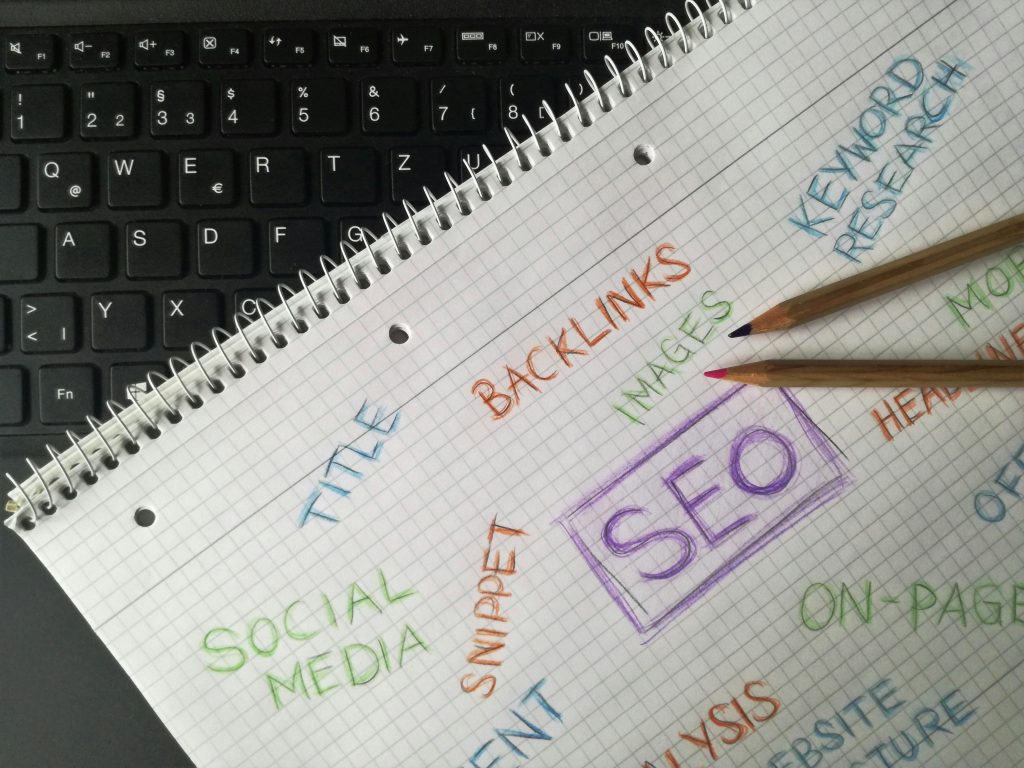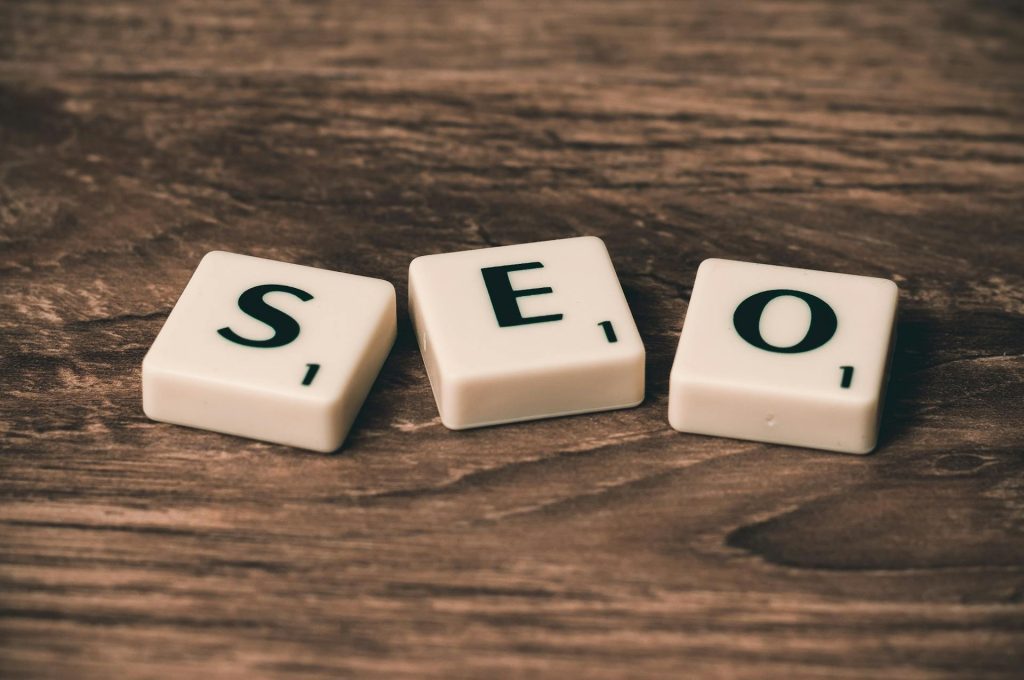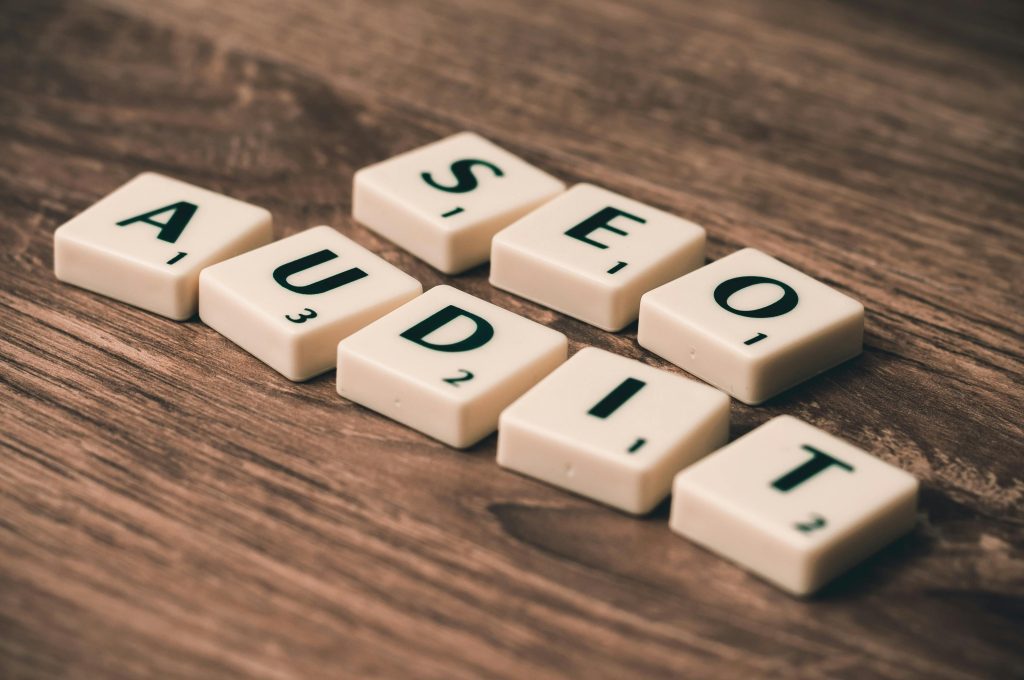
On-page SEO techniques are crucial for improving your website’s visibility on search engines. From optimizing title tags to enhancing internal linking structures, these techniques help search engines understand your content and rank it higher for relevant keywords. In this guide, we’ll explore effective on-page SEO strategies like keyword placement, image optimization, meta descriptions, and more to help you achieve better rankings, increased traffic, and an improved user experience. Whether you’re a beginner or a seasoned SEO professional, these on-page SEO tips will keep your site competitive in search results.
1. Optimize Title Tags and Meta Descriptions
Title tags and meta descriptions are often the first impression users have of your content. A well-crafted title tag that includes your target keywords can significantly boost click-through rates. Aim for a title tag length between 50-60 characters, and include your main keyword at the beginning if possible. Meta descriptions should be engaging and informative, ideally between 150-160 characters, and should include relevant keywords naturally to encourage clicks.
2. Use Proper Header Tags (H1, H2, H3)
Headers (H1, H2, H3) organize your content, making it easy for both users and search engines to follow. Your H1 tag should be unique and clearly state the page’s main topic, ideally including the primary keyword. Subheadings (H2, H3, etc.) further break down the content, improving readability and allowing search engines to better understand the content structure. Be sure to use related keywords in your subheadings naturally to enhance SEO relevance.
3. Optimize Content with Keywords and Related Terms
Keywords remain a central part of on-page SEO. Use your main keyword naturally within the first 100 words of your content, and scatter it through the rest of the article in a way that feels organic. Incorporate related keywords and semantic terms throughout your content to boost relevancy without “keyword stuffing.” Using tools like Google’s Keyword Planner or SEMrush can help you discover relevant terms to increase the content’s topical authority.
4. Internal Linking for Site Navigation and Authority
Internal links help distribute page authority across your site and keep visitors engaged longer by directing them to related content. Link to other relevant pages on your site to improve the user journey and support content discovery. Make sure your anchor text is descriptive, using relevant keywords or phrases to help both users and search engines understand what each linked page covers.
5. Optimize Images and Use Alt Tags
Images enhance user experience but can slow down load times if not properly optimized. Use compressed images with appropriate file names that reflect their content, and always add alt tags that include descriptive keywords. Alt tags help search engines index images, improving your content’s visibility in image search results and making your site more accessible to visually impaired users.
6. Focus on Page Speed and Mobile Responsiveness
Page load speed and mobile-friendliness are critical for both SEO and user experience. Google favors fast-loading, mobile-responsive websites, especially since most traffic now comes from mobile devices. Use tools like Google’s PageSpeed Insights to identify and fix issues that may be slowing down your site. Minimize large files, enable browser caching, and use a responsive design to make your site user-friendly on all devices.
7. Use Schema Markup for Rich Snippets
Schema markup, or structured data, helps search engines better understand your content, making it eligible for rich snippets. These snippets can improve visibility by showing additional information like reviews, FAQs, or product details directly in search results. Adding schema markup is straightforward and can increase your click-through rates by providing more information to searchers upfront.
8. Create Engaging, High-Quality Content
Content is the heart of on-page SEO. High-quality content that provides value to users naturally attracts more traffic and backlinks, which are beneficial for SEO. Aim for a comprehensive article length that fully covers the topic (typically around 1,500 words or more). Use actionable language, include helpful visuals like images or videos, and structure your content so it’s easy to scan. Engaging, original content will keep users on your site longer, decreasing bounce rates and signaling quality to search engines.
9. Optimize for User Experience (UX)
User experience is closely tied to SEO success. Elements like easy navigation, clear CTAs, and a clean layout make it simple for visitors to interact with your site. Ensure that pages are visually appealing, free from intrusive pop-ups, and easy to navigate. A positive user experience can lower bounce rates, increase engagement, and ultimately improve your site’s SEO.
10. Monitor and Update Your Content Regularly
SEO is an ongoing process, and your on-page content should evolve along with search engine algorithms and user expectations. Regularly update your content to keep it fresh, add new information as needed, and review SEO elements like keywords and meta descriptions. Content that is frequently updated performs better in search rankings and signals to Google that your site is active and relevant.
Conclusion
Mastering on-page SEO techniques is essential for any website aiming for higher rankings and increased visibility. By implementing these strategies—such as optimizing title tags, creating high-quality content, using internal links effectively, and focusing on mobile responsiveness—you can improve your site’s chances of ranking well and attracting more organic traffic. Keep these on-page SEO best practices in mind as part of your broader digital marketing strategy, and watch as your website’s performance improves over time.

